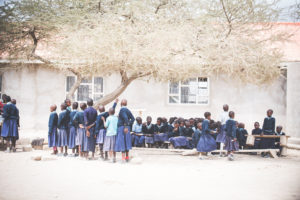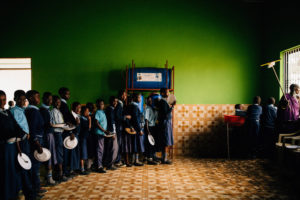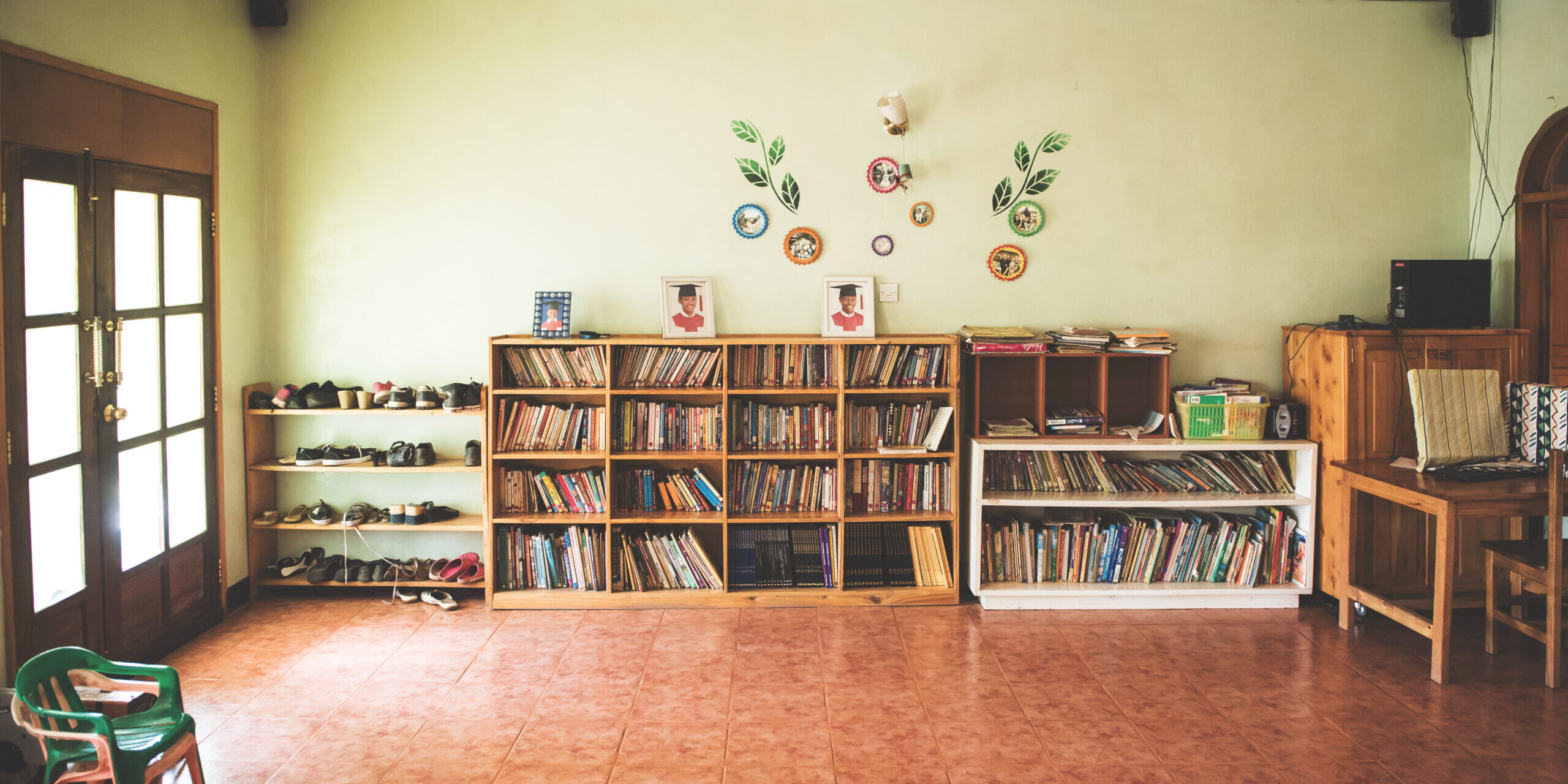This summer Loom announced a new member of the team: Early Childhood Education Coordinator Sypora Achieng from Kenya.
Since then Sypora has begun school visits in Uganda and Kenya, visiting pre-primary schools belonging to the budding Education Alliance and compiling data on the resources available, teacher training protocols, and struggles each school and community face. Most of these schools are located in remote, rural areas with little access to resources. Although there are still many schools still to visit, we wanted to share a few highlights with you.
1. Many children are still not in school because of poverty.
When asked what prevents children from attending school in these communities, Sypora’s reports show a common theme: lack of money for school fees, home issues, sickness (or caring for sick parents/siblings), hunger, and the need for the children to work and help provide for the family.
2. This same poverty keeps schools in remote areas from thriving.
Most schools Sypora has visited are struggling to have the materials they need and feed students nutritious food for lunch, let alone provide “extras” like a library or training for teachers. “Learning materials are lacking,” says Sypora. “There are no libraries in almost all the schools that I visited that can help the children develop a habit of reading.”
 3. These mostly rural communities have very little history of formal education.
3. These mostly rural communities have very little history of formal education.
“School owners and teachers are working hard to help the children and the community,” says Sypora, “but teachers need to be motivated and encouraged in their work.” In many of these communities leaders have opened the first school the village has ever had. It takes time to set expectations, and finding qualified teachers who want to work in these remote locations can be extremely difficult. And understandably, not all families are eager to send their children to school when the more immediate need is food on the table.
4. Against all odds, transformation is beginning.
Sypora’s reports show a lot of struggles, but also moments of transformation and hope. For example, nearly all schools report having students who have been abused or experienced other kinds of trauma. Yet because of the school’s involvement, most of them are receiving help of some kind. Sypora also reports that with a little encouragement, a growing number of parents are getting involved in the school – a huge indicator of the school’s sustainability and success.

So what’s next? In the coming months, Sypora will continue to visit schools in Tanzania and Uganda. Her primary focus is on the needs of teachers, and how to coordinate further training to meet their needs – knowing that teachers have the power to shape the next generation.
“I [have] thought [about] establishing a demonstration center where teachers can come and learn how to use materials and other things so that they can be more effective in the classroom,” she says, “I want to see teachers getting more enlightened in their responsibilities–that it is a calling, not just something to do for money. You are shaping these children’s lives.”








